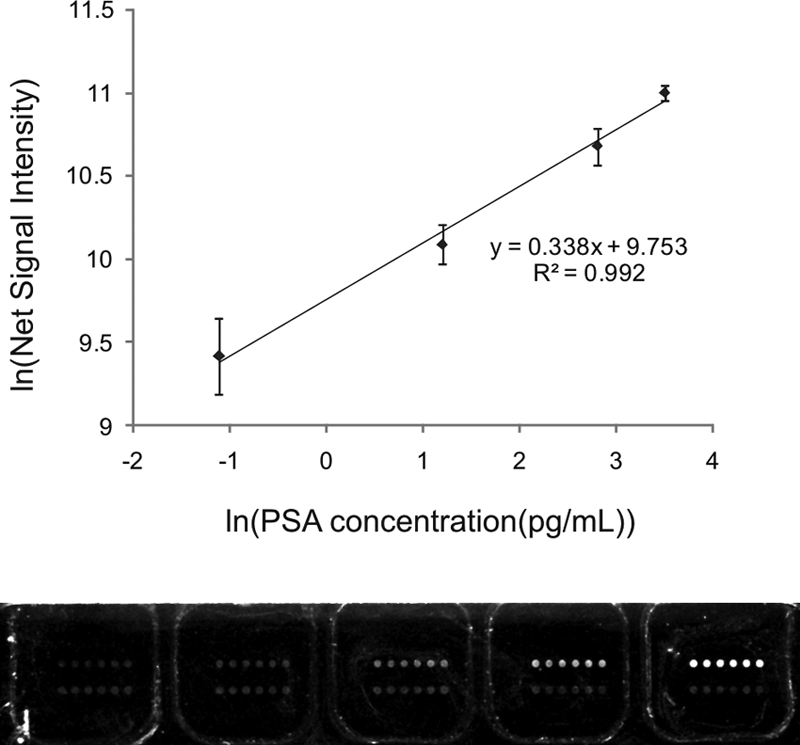We report the event of a beforehand undescribed gold nanoparticle bio-barcode assay probe for the detection of prostate particular antigen (PSA) at 330 fg/mL, automation of the assay, and the outcomes of a scientific pilot examine designed to evaluate the flexibility of the assay to detect PSA within the serum of 18 males who’ve undergone radical prostatectomy for prostate most cancers.
Due to an absence of sensitivity, accessible PSA immunoassays are sometimes not able to detecting PSA within the serum of males after radical prostatectomy. This new bio-barcode PSA assay is roughly 300 instances extra delicate than business immunoassays.
Significantly, with the barcode assay, each affected person on this cohort had a measurable serum PSA degree after radical prostatectomy. Patients had been separated into classes primarily based on PSA ranges as a operate of time.
One group of sufferers confirmed low ranges of PSA with no important enhance with time and didn’t recur. Others confirmed, sooner or later postprostatectomy, rising PSA ranges. The majority recurred.
Therefore, this new ultrasensitive assay factors to important potential outcomes: (i) The capacity to inform sufferers, who’ve undetectable PSA ranges with typical assays, however detectable and nonrising ranges with the barcode assay, that their most cancers won’t recur. (ii) The capacity to assign recurrence earlier due to the flexibility to measure growing ranges of PSA earlier than typical instruments could make such assignments. (iii) The capacity to make use of PSA ranges that aren’t detectable with typical assays to comply with the response of sufferers to adjuvant or salvage therapies.

Neutralization assays for differential henipavirus serology utilizing Bio-Plex protein array methods.
Hendra virus (HeV) and Nipah virus (NiV) are associated rising paramyxoviruses categorised within the genus Henipavirus. Both trigger deadly illness in animals and people and are categorised as biosafety degree four pathogens.
Here we element two new multiplexed microsphere assays, one for antibody detection and differentiation and one other designed as a surrogate for virus neutralization. Both assays make the most of recombinant soluble attachment glycoproteins (sG) whereas the latter incorporates the mobile receptor, recombinant ephrin-B2.
Spectrally distinct sG(HeV)- and sG(NiV)-coupled microspheres preferentially sure antibodies from HeV- and NiV-seropositive animals, demonstrating a easy process to distinguish antibodies to those carefully associated viruses.
Soluble ephrin-B2 sure sG-coupled microspheres in a dose-dependent vogue. Specificity of binding was additional evaluated with henipavirus G-specific sera and MAbs. Sera from henipavirus-seropositive animals differentially blocked ephrin-B2 binding, suggesting that detection and differentiation of HeV and NiV neutralizing antibodies will be achieved concurrently within the absence of reside virus.
